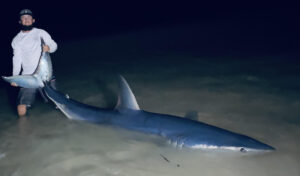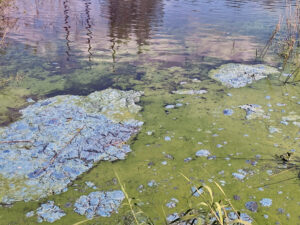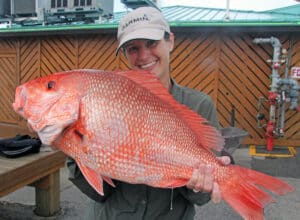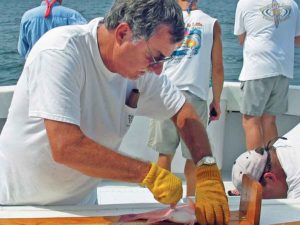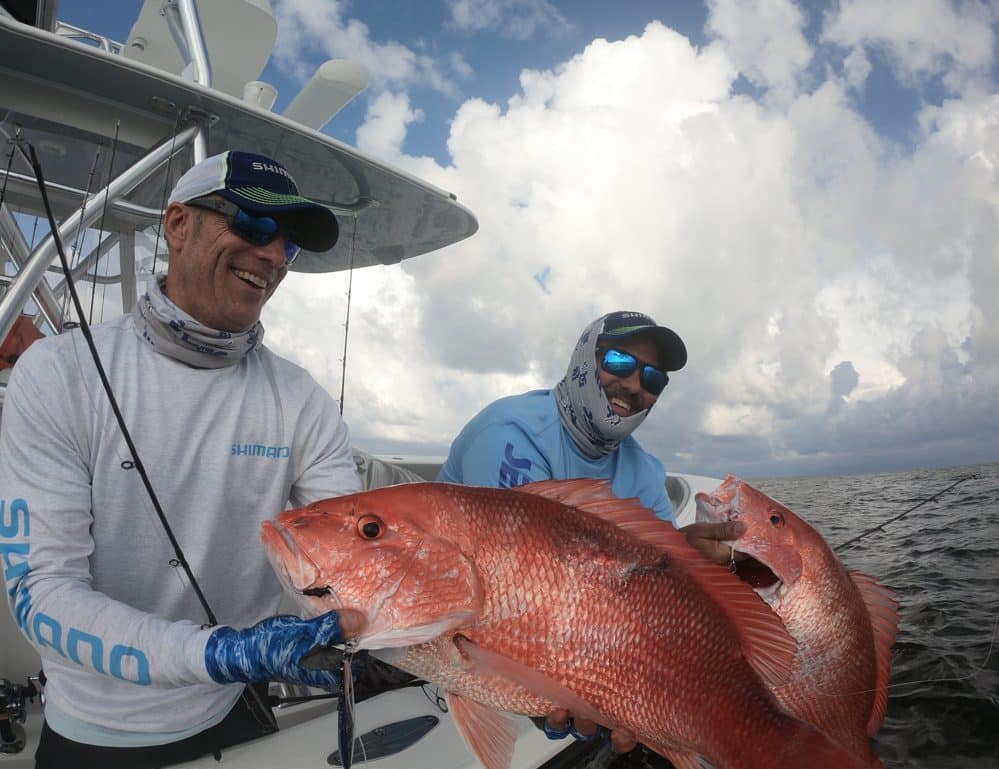
Restoring the red snapper fishery in the Gulf of Mexico is one of the great conservation achievements of recent times. Bringing that fishery back from severe decline has not been without controversy. Intense acrimony over harvest and allocation policies have sadly been the norm. Just as we have embarked on a new and promising approach to correct past mistakes in managing the recreational fishery, the Gulf of Mexico Fisheries Management Council (GOMFMC) has taken a disappointing step backwards. A step that, in short order, will wipe out years of restoration effort by allowing the commercial shrimp fleet to set aside what once required a court order to achieve.
As a marine scientist and one-time fisheries manager, I am very familiar with the destruction caused by shrimp trawls. To catch one pound of shrimp roughly seven pounds of bycatch come up in the nets. That bycatch can be anything in the ocean that cannot outswim, dodge or duck the nets. All this valuable biomass is culled and thrown back, mostly dead. The toll of this bycatch from tens of thousands of shrimp trawl tows every year is a devastating, hidden impact on our ocean ecosystems.
Red snapper is also a victim of offshore shrimping. One of the most significant achievements in the history of red snapper management was reducing the impact of shrimp trawls on juvenile red snapper. It was not an easy victory and took the action of a federal judge to force NOAA Fisheries to acknowledge the massive impact of shrimp trawl bycatch. The judge ordered the agency to reduce juvenile red snapper bycatch in shrimp trawls by 74 percent. At long last, the shrimp industry was identified as a significant harvester of red snapper and was forced to shoulder its share of the red snapper recovery.
How important was that judge’s decision? No measure taken before 2005 had even begun to reverse the downward spiral of red snapper. That decision coupled with a reduction of shrimping effort by some 80% after the 2005 hurricane season devastated the Gulf shrimp fleet, saw the snapper population in the Gulf of Mexico explode. It is abundantly clear that reductions in shrimp trawl bycatch is critical to a healthy red snapper population.
That is what makes recent management action taken by the GOMFMC so disturbing. In April, the Council approved a rollback of the red snapper bycatch reduction to 60 percent, down from the court-ordered 74 percent. It could be rolled back even further in the future. The analysis used to support the rollback sheds a stark light on the overall devastation caused by shrimp trawls. It showed that red snapper bycatch is seemingly small, 0.3 percent of all the finfish bycatch in shrimp trawls by weight. Don’t be fooled. It is critical to management of that species. Bycatch loss to shrimping equates to about 60,000 pounds of one to three-inch-long red snapper, annually. What does that mean to the fishery? Six years after this rollback is enacted, it will result in the loss of 3.1 million pounds of red snapper every year. The total allowable catch for both recreational anglers and commercial harvesters is about 14 million pounds per year, so the impact from allowing shrimp trawls to kill 14 percent more juvenile red snapper equates to wasting more than 20 percent of the entire harvest of this valuable fish.
As sobering as those numbers are, remember that red snapper makes up only 0.3 percent of the finfish bycatch from shrimp trawls. The obvious question is “What is in the other 99.7 percent and what does that loss mean?” NOAA Fisheries did not analyze the composition of the bycatch, but it certainly includes species prized by anglers, both forage and sportfish, like croaker, trout and red drum. What is the ecosystem impacts of the rollback? Simple calculations would indicate the loss of 300 million pounds of finfish in the first year and 11.8 billion pounds over the 14-year forecast used in the analysis. You do not have to know anything about fish or ecosystems to realize, that is a lot of fish.
Read Next: Shrimp Boats May Threaten Red Snapper Gains in Gulf
Our Gulf is amazingly productive and resilient, bouncing back from hurricanes and even oil spills, but these numbers are appalling and unnecessary. If this dead bycatch were piled on the docks every day, the public would never allow such destruction, nor tolerate management decisions that did so. Commercial fisheries are valuable and worthwhile enterprises, but they should not be pursued to the detriment of other, equally worthy goals.
Bycatch mortality in all its forms is a constant, silent drain on our marine ecosystems and it should be analyzed, recognized and reduced to the greatest extent possible. This unnecessary loss to the forage base for economically important sportfish and support of the underpinnings of ecosystem health and resilience should not be tolerated. By allowing the shrimp industry to knowingly increase its already significant bycatch destruction, the federal government is moving in exactly the wrong direction.
About the Author:
Dr. Larry McKinney is the Director of the Harte Research Institute for Gulf of Mexico Studies, at Texas A&M University-Corpus Christi.

